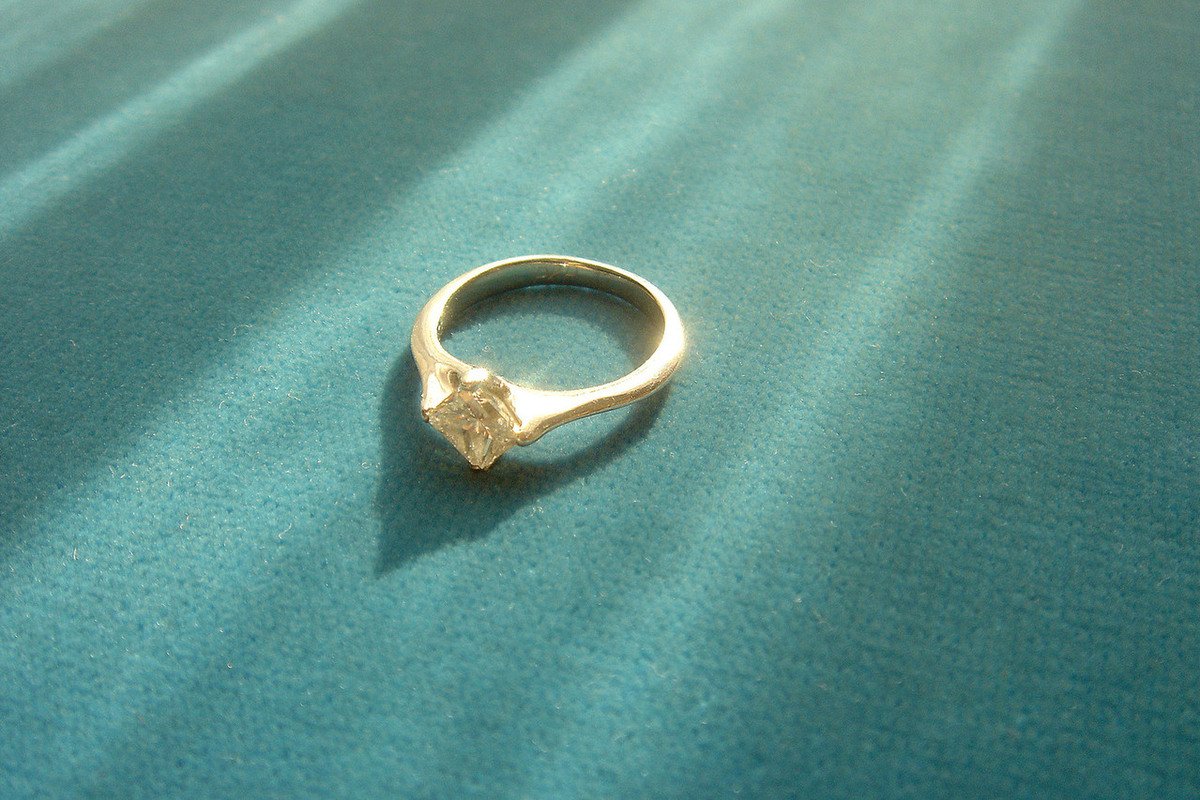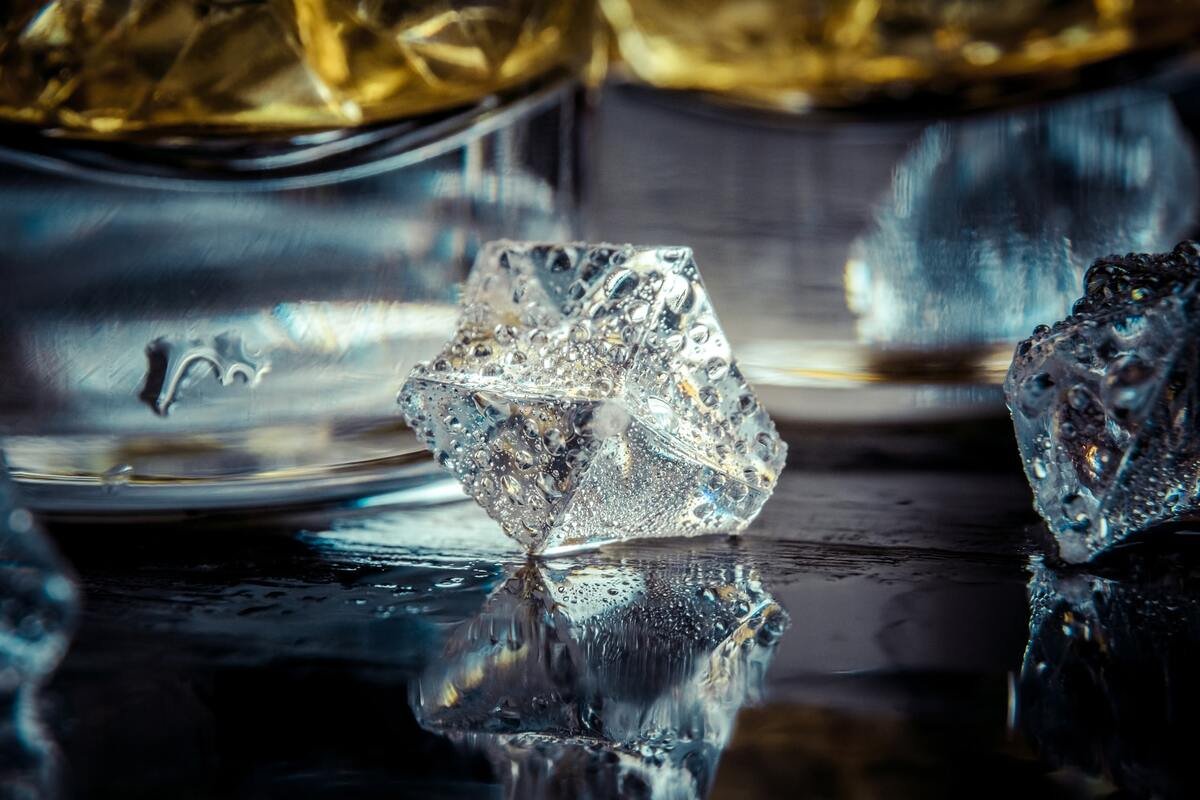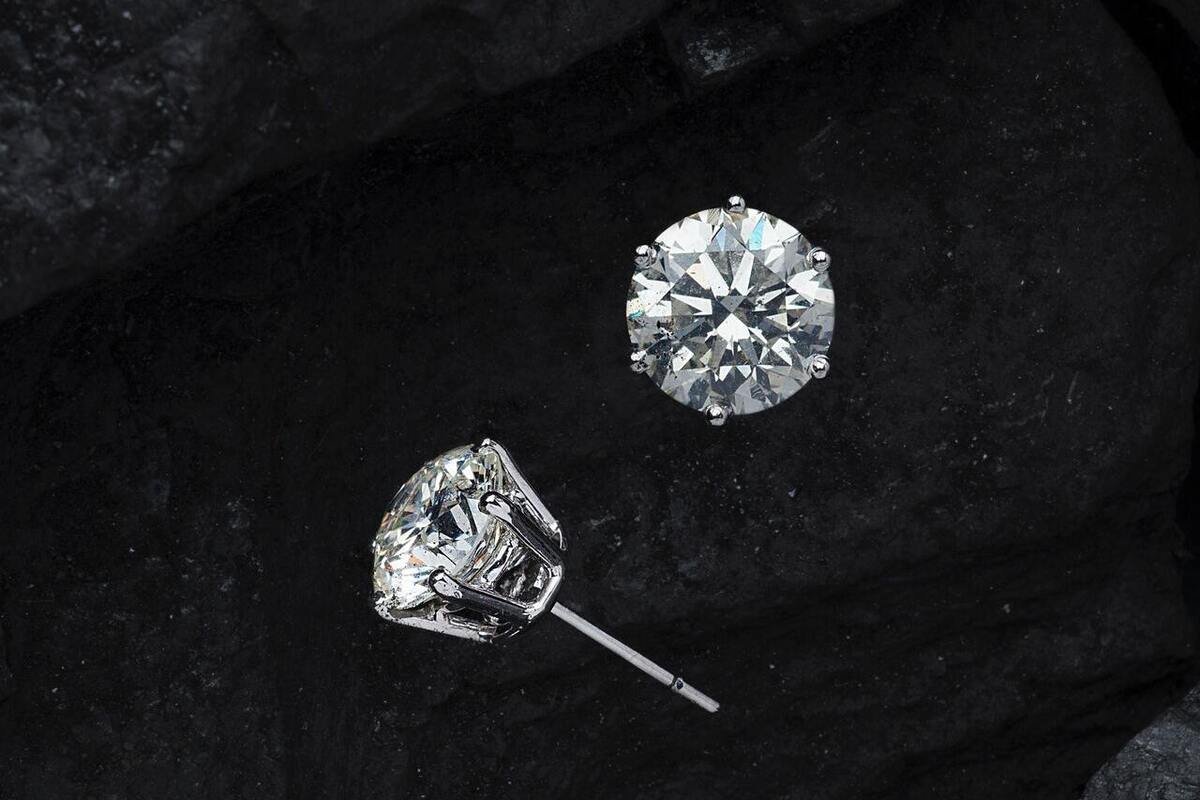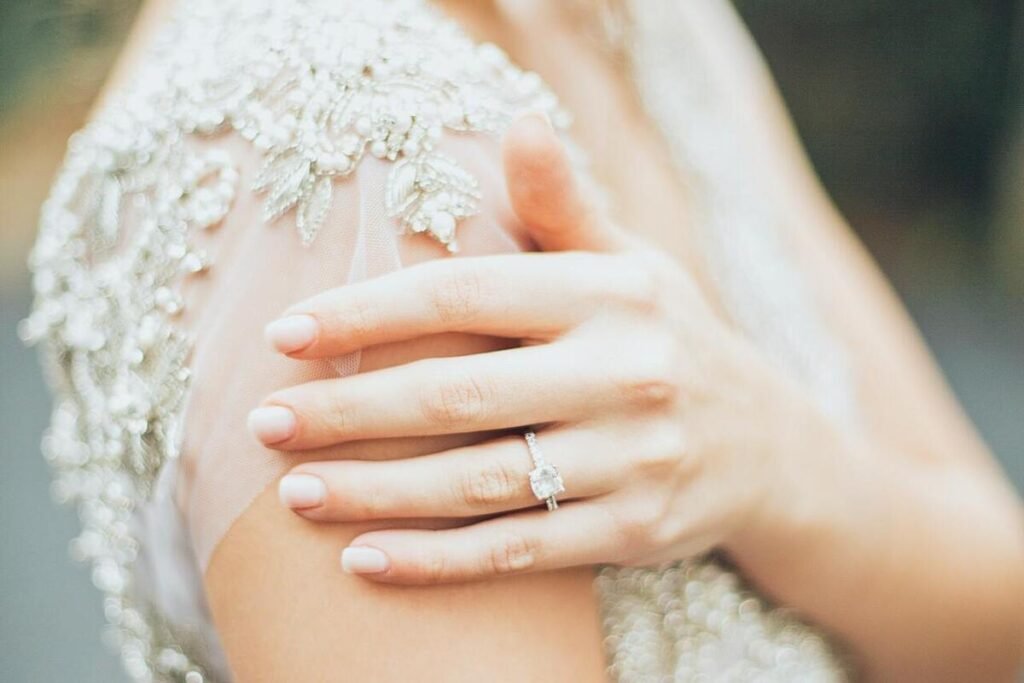If you want an edgy yet versatile shape for your next diamond ring, you may want to consider the princess cut. Between the regal name and its square shape, the princess cut diamond seems like the best bet for that special ring.
For those who want to experience both class and beauty, princess cut diamonds would be most suitable. But if you lack knowledge of stones, don’t fret as we have come up with a guide that will give you everything you know about princess cut diamonds.
All About Princess Cut Diamonds
When it comes to such stones, the first question that usually gets asked is “Are princess cut diamonds more expensive?” If you want tradition and modernity rolled into one stone, this may be your stone of choice for your next bling.
Understanding and Identifying Princess Cut Diamonds
The Princess cut diamond holds the second place for preferred engagement ring diamonds. There’s a good reason why many bride-to-be’s choose this shape over the round cut—who wouldn’t want a royalty cut diamond for their engagement ring?
A history of the Princess cut diamond
The Princess cut diamond was first developed by Betzalel Ambar and Israel Itskowitz in 1981. While it may share the same square shape as the Asscher cut, the Princess cut follows a different, though not strict GIA grading.
Some variants of the Princess cut include a more rectangular shape. What makes the princess cut unique is that it is essentially pyramidical in shape. However, when set on a ring, the flat square base becomes its main attraction.

Unique shape, intense brilliance
If there are already other angular shaped diamond cuts, then why would the Princess cut be any different? Jewelry experts say that it all lies in the cutting style.
Jewelers cut this style in a way that makes it brilliantly sparkle more compared to its angular counterparts. The brilliance alone makes buyers prefer it over fancy shapes, because of the expensive look and feel of the stone.
Symmetry and scintillation
When you’re scouting for Princess cut diamonds, be on the lookout for two things: symmetry and scintillation. Symmetry does not only depend on straight edges and the shape itself. The facets should also be aligned. Look at the diamond and picture a straight line in the middle. The patterns of the facets should be reflected in an almost mirror image of each other.
Scintillation points to the contrast between light and dark patterns on the facets. Make sure it’s an equal measure of light and dark so that the interplay of patterns are not overpowered by either type. This makes for a more balanced rock.
Choosing side stones
Engagement rings can either be one stunning stone set on a band or a center stone set off by side stones. Either option makes for a beautiful ring, but some prefer to decorate their Princess cut diamond engagement rings with smaller stones.
Because of its angular shape, a Princess cut center diamond is better set with other angled-cut diamonds. These can include tapered baguettes, trilliants, and triangle cuts. Smaller round cut diamonds can also work, especially if the setting gives it its own angled corners.
Pros and Cons of a Princess Cut Diamond
Despite its current popularity, many people still ask, “Is Princess cut a good diamond?” Like any diamond cut, the Princess cut has its pros and cons. Some of these can be very subjective, depending on the jewelry wearer.
Pro: More affordable than round cuts
A diamond’s cutting process becomes economical with cubic shapes. Since rough diamonds already come in this shape, a single diamond can create two princess cut diamonds.
Because of the angled corners and cubic shape, up to 90% of a rough diamond can be used when carving a Princess cut. The round cut, however can only use 40% because of its shape. More usage means more diamonds sold, thus lowering its price.

Pro: Hide more flaws
Flawless diamonds cost a lot more even before getting them set. For some, they may already have a stone on hand that need to be cut for setting.
Even if you have a less premium diamond, it does not have to mean it needs to look that way. A Princess cut diamond can transform it by hiding flaws and inclusions within the facets—so you can still have a sparkly diamond of a lower grade!
Pro: Looks bigger, so it’s definitely better
Size may not be everything, but in the case of Princess cut diamonds, it can mean another advantage over round cuts. Based on pricing alone, one can get a bigger and heavier Princess cut diamond than a round cut.
But the trendier cut has another advantage—it creates an optical illusion. Because of the bigger diameter of squares to a circle, it may look as if a Princess cut is bigger than a round cut. Technically, if they were on the same carat page, the round cut will have more surface area by as much as 10%. To the naked eye, however, it may seem that the Princess cut has more girth.
Con: Chipping corners
If the Princess cut diamond has one flaw, it would be the possibility of chipping. Unlike the round cut or its closer cousin, the cushion cut, a Princess cut diamond has very sharp corners. This can be frustrating for brides-to-be who have an active lifestyle.
One way to get around this would be to choose a bezel-style setting to protect the corners of the stone. This may limit the style you can showcase the ring, but its advantages may well cover this cost.

Princess Cut Diamond Grading and Specs
Even with its classic finish, the Princess cut diamond falls under the fancy-cut kind. This means that GIA does not have a specific grade when ranking the quality of this kind of diamond.
If you want to be technical in judging the value and beauty of a Princess cut diamond, here are a few pointers to consider.
What are chevrons?
Most people first notice the patterns on a Princess cut diamond. These facets cuts or chevrons affect how the light can pass through the diamond. Generally, adding facet cuts makes the diamond more twinkly. This works for bigger diamonds because it disperses the light. However, for smaller ones, it can produce a splintered look.
There are no hard formulas for which chevron count works best for a specific diamond weight and size. Sometimes, it can even depend on the wearer. They may want a crushed ice effect with more chevrons as it adds to the texture. Some prefer a whiter and less busy look for the surface of the diamond.
Diamond color
Since a Princess cut can hide more inclusions, your diamond does not need to be flawless. If you want to push the grade level to the most affordable point without sacrificing the diamond’s whiteness, go for a G or H range. Combine this with expertly-made facets and the proper metal to use for setting, so you can achieve the greatest value for your money.

Note that size can also influence the diamond’s color. The smaller the diamond, the less likely it will look less yellow. If you want a bigger diamond, try to go for a higher level stones that are around the D and G range, to ensure that the facets can still produce a white diamond.
Depth and table percentage
Diamond cuts differ depending on style and jeweler’s preferences. Depth percentage refers to the depth of the cut. It’s good to find a balance of depth because going either for one that is too shallow or too deep will affect the light that goes through the stone. For Princess cut diamonds, it’s best to go with a 65% to 75% depth.
Table percentage compares the width of the diamond’s surface to the size of the top facet. Usually the ratio here needs to be 75% and below for the best Princess cut. The smaller the table percentage, the rarer it becomes, so you may need to find a specialist or have a custom diamond designed.
Buying online bling
Not knowing all of the factors you need to consider when buying a Princess cut diamond ring, it almost seems impossible to be confident to make a purchase online. It pays to go to your trusted jeweler for these matters.
Always know the policies for returns and exchanges. Be on the lookout for a seller’s collection—or opt to check out their capabilities for customs.
Comparing Cuts: Does The Princess Cut Make The Cut?
Many buyers ask, “Why are Princess cut diamonds cheaper?” compared to other popular cuts. In some ways, this is true. The Princess cut diamond is more affordable than round cuts.
Beyond price points, this style has other advantages that rack up its benefits to clear some costs.
Emerald cut diamond
Diamonds are attractive because of their brilliance—the more premium they are, the more sparkly they become. If you’re the type to go for fancy sparkles, it might be best to steer clear of the emerald cut.
The emerald cut follows a step-cut while the Princess cut maximizes the diamond’s brilliance. The former’s facets follow a linear style arrangement, which means that it is better suited to clearer diamonds. Unless you have a flawless diamond that you want to cut in a stylized manner, the Princess cut may be your best bet to show off your rock.
Round cut diamond
If it was a competition between round vs Princess cut diamond as an engagement ring, the former remains in the lead. It accounts for over 70% of the world’s certified diamonds. On the other hand, the Princess cut only gets a small share at 5% of the total diamond count in the world.

The round shape lets a lot of light pass through and reflects a good deal of sparkle on the surface. Its symmetry also gives it a good finished look, even if it’s the only stone on the band. This suggests that the round cut is the tried and tested variety. Most couples still prefer the classic style when buying an engagement ring.
Against the round cut pattern, the Princess cut’s only difference is its unique pattern. Its square cut makes it just as symmetrical. Given its angled cuts, it can have almost the same brilliance as the round cut. Because of the angular shape, it can be more appealing to those who want a more modern vibe for the ring.
Cushion cut diamond
Square cut diamonds have a number of variants, including the cushion cut. Compared to other styles, the cushion cut may come in either a square or a rectangle cut. For most jewelers and jewelry enthusiasts, the latter cut is more popular.
It originated back in the 1700s, with its earlier rounded edges making it almost similar to the rounder shapes. However, its modern variety comes in thinner rectangular shapes. Like the Princess cut, it is symmetrical, allowing for more versatile settings. Yet compared to the Princess cut, this has a more antique appearance, especially when matched with more intricate settings. The Princess cut has a modern advantage over this style.
Best Jewelry Styles For Princess Cut Diamond
Being the center stone of engagement rings is just one potential way to showcase a Princess cut diamond. Considering its modern yet tasteful style, it can go well with other classic jewelry pieces.
Engagement Rings
A favorite cut style for engagement rings, the Princess cut remains the sleek yet feminine favorite for engaged couples. It’s a modern classic option that maximizes the beauty of bezel settings. For a more modern feel, a thinner band sets off the stone even more. To get the best clarity for Princess cut diamond, make sure that you choose a jeweler who knows how to hide the flaws in the facets.
Additionally, the Princess cut also works with angled side stones. If you have smaller stones to spare, you can line up the band with smaller trilliant diamonds to magnify the sparkle.
Earrings
With flashier earrings and hoops becoming a trend for 2020, some may ask, “Are Princess cut diamonds out of style for earrings?” Of course not! Angled jewelry, especially dainty ones like studs, give that balance of edgy shape and classic style.
Add more sparkle with drop Princess cut diamond earrings. This will give your outfit an Art Deco-inspired finish.
Don’t be afraid to pair your Princess cut diamond engagement ring with earrings that bear the same cut of stones. Not only is this a classy way to match your jewelry pieces. It’s also a versatile style that can go with either casual or formal wear.
Know more about the different settings that go well with diamonds in our article, “Setting in Stone: Understanding the Basics of Diamond Settings.” You’ll learn more about which setting can match which stone, and how metals used can affect your stone’s overall appearance.

